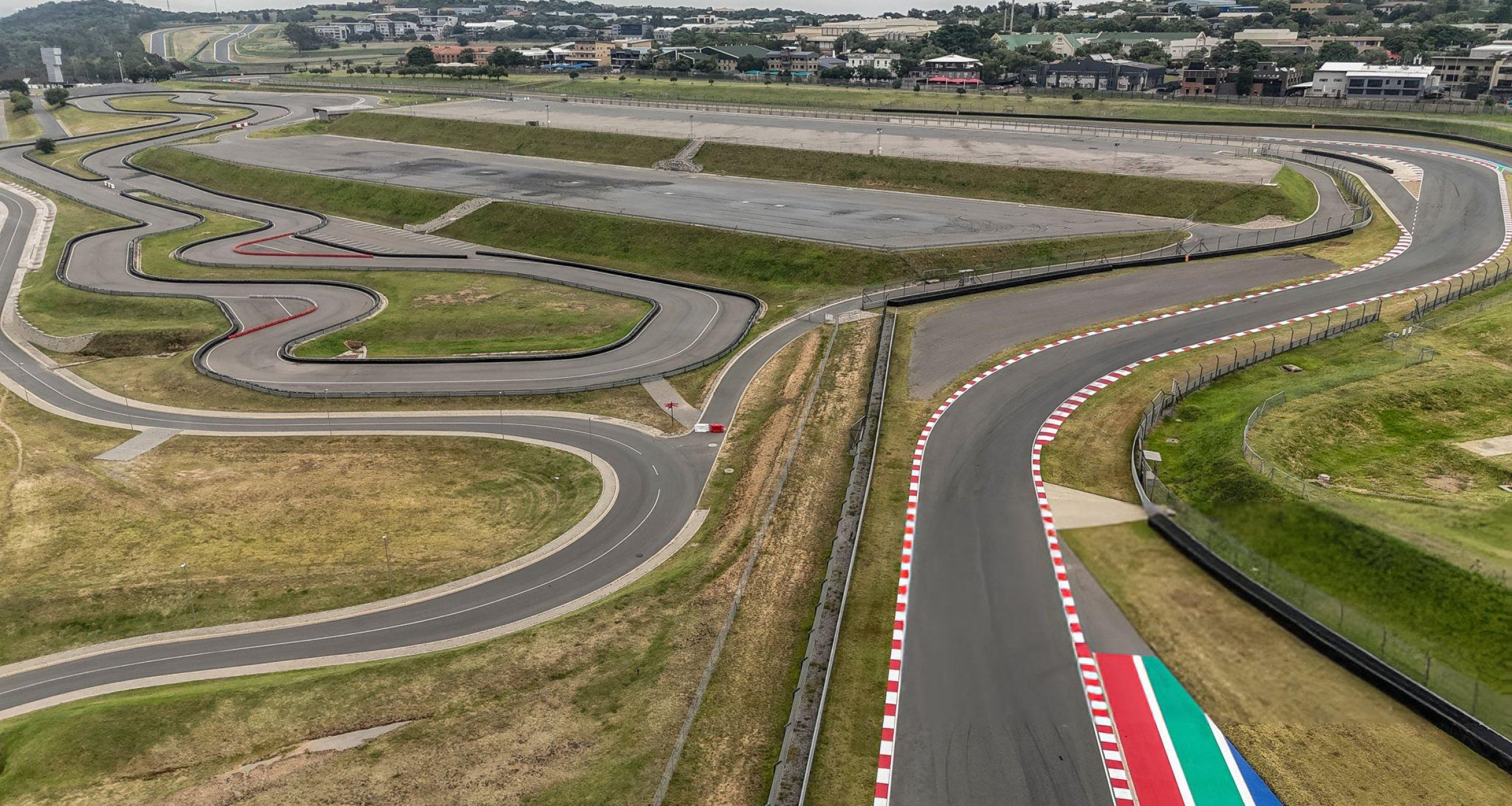Hosting an F1 Grand Prix could inject hundreds of millions into the economy via tourism, broadcasting rights, infrastructure upgrades and hospitality services.
By Tuka Letura
On Wednesday 18 June, the FIA (Fédération Internationale de l’Automobile), the body that governs global motorsport, including Formula 1, approved a major upgrade plan for South Africa’s Kyalami Grand Prix Circuit. The announcement could mark the beginning of Formula 1’s long-awaited return to the African continent. If successful, it would be the first F1 Grand Prix held on African soil in more than 30 years.
Currently, Africa is the only inhabited continent without a Formula 1 Grand Prix or an FIA Grade 1 circuit, the designation required for F1 to hold a race. This fact has not gone unnoticed by fans, critics, and the drivers themselves.
So, What Is an FIA Grade 1 Circuit?
The FIA classifies racetracks from Grade 1 through Grade 6, with Grade 1 being the highest level and the only standard that permits Formula 1 events. Circuits holding this grade feature the most advanced safety measures; extensive run‑off areas, wide track layouts, and state‑of‑the‑art barriers, alongside excellent medical and support facilities. Notable examples include Monaco, Monza, and Miami.
Grade 2 venues may host Formula 2, Formula E, and GT racing but fall short of F1 requirements. They still adhere to rigorous standards, though not as stringent as those for Grade 1.

Grades 3 and 4 cater to lower‑tier competitions such as touring cars, club races, and regional series; these circuits are typically smaller and possess fewer safety systems and facilities. Grade 5 is designated for special disciplines like rallycross and autocross, which often involve off‑road sections or bespoke layouts. Grade 6 is subdivided (e.g., 6A, 6R, 6G) for rally stages, cross‑country events, and even ice racing.
To obtain an FIA grade, each track undergoes a thorough inspection against criteria covering barriers, run‑off areas, pit‑lane configuration, and medical centres. A successful evaluation grants the circuit its grade for up to four years, after which it must be reassessed to retain its status.
Kyalami, South Africa’s historic circuit, opened 63 years ago and has hosted 21 Formula 1 Grands Prix, the last of which took place in 1993. It currently holds an FIA Grade 2 certification, rendering it ineligible to stage an F1 race in its present condition. However, that is about to change, as plans are afoot to upgrade the circuit to FIA Grade 1 standards without altering its iconic 4.522 km layout.
The proposed works focus on safety and infrastructure enhancements, including expanded run‑off areas, upgraded barrier systems, reprofiled kerbs, improved debris fencing, and upgraded drainage. These upgrades are designed to bring Kyalami in line with the highest global motorsport safety criteria. Leading the transformation is UK‑based Apex Circuit Design, the same firm responsible for the Miami Grand Prix circuit.
The FIA’s approval grants the Kyalami Grand Prix Circuit a three‑year window in which to complete the necessary works. Implementation will be phased carefully so as not to disrupt the venue’s year‑round schedule of conferences, exhibitions, lifestyle events, and other motorsport activities.
What It Means for Africa and South Africa
In recent years, F1 has expanded aggressively into new markets, Saudi Arabia and Qatar among them, each move chasing spectacle, and the prospect of a return to Africa follows the same playbook.
Zooming in on South Africa, the benefits promise to be both significant and far‑reaching. Although Kyalami already hosts events such as Formula 2 and GT racing, none match the scale, global visibility, or spectator pull of a Formula 1 Grand Prix. F1 weekends routinely attract over 300,000 spectators, vastly surpassing the attendance and media coverage of the circuit’s current fixtures.

Hosting an F1 Grand Prix could inject hundreds of millions into the economy via tourism, broadcasting rights, infrastructure upgrades, and hospitality services. Hotels, airlines, restaurants, and tour operators would all see substantial gains, while local artisans, vendors, and service providers would enjoy rare international exposure. The event would also generate both short‑term and sustainable employment, particularly in Gauteng and Johannesburg.
Yet the impact extends beyond race weekend. With strategic investment and planning, Kyalami could evolve into a continental motorsport hub. It is, however, crucial to note that this approval merely initiates the upgrade process; it does not guarantee F1 racing on the circuit. The onus now rests with South African stakeholders to complete the required works within the three‑year window. Absent those improvements, Formula 1’s long‑awaited return to Africa will remain just that: awaited.
Should the project be delivered on time and to the requisite standard, the implications would be monumental. Kyalami would not only resurrect a cherished chapter of South African racing heritage but also usher in a new era for the entire continent on the global motorsport stage.
Tuka Letura is an experienced sports writer with over six years of experience in the craft. He uses data and statistics to provide analysis and commentary. From regional to worldwide competitions, he has covered a wide range of sports-related events and topics. He is devoted to sharing his enthusiasm for sports with his audience and engaging them with interesting anecdotes and viewpoints.




